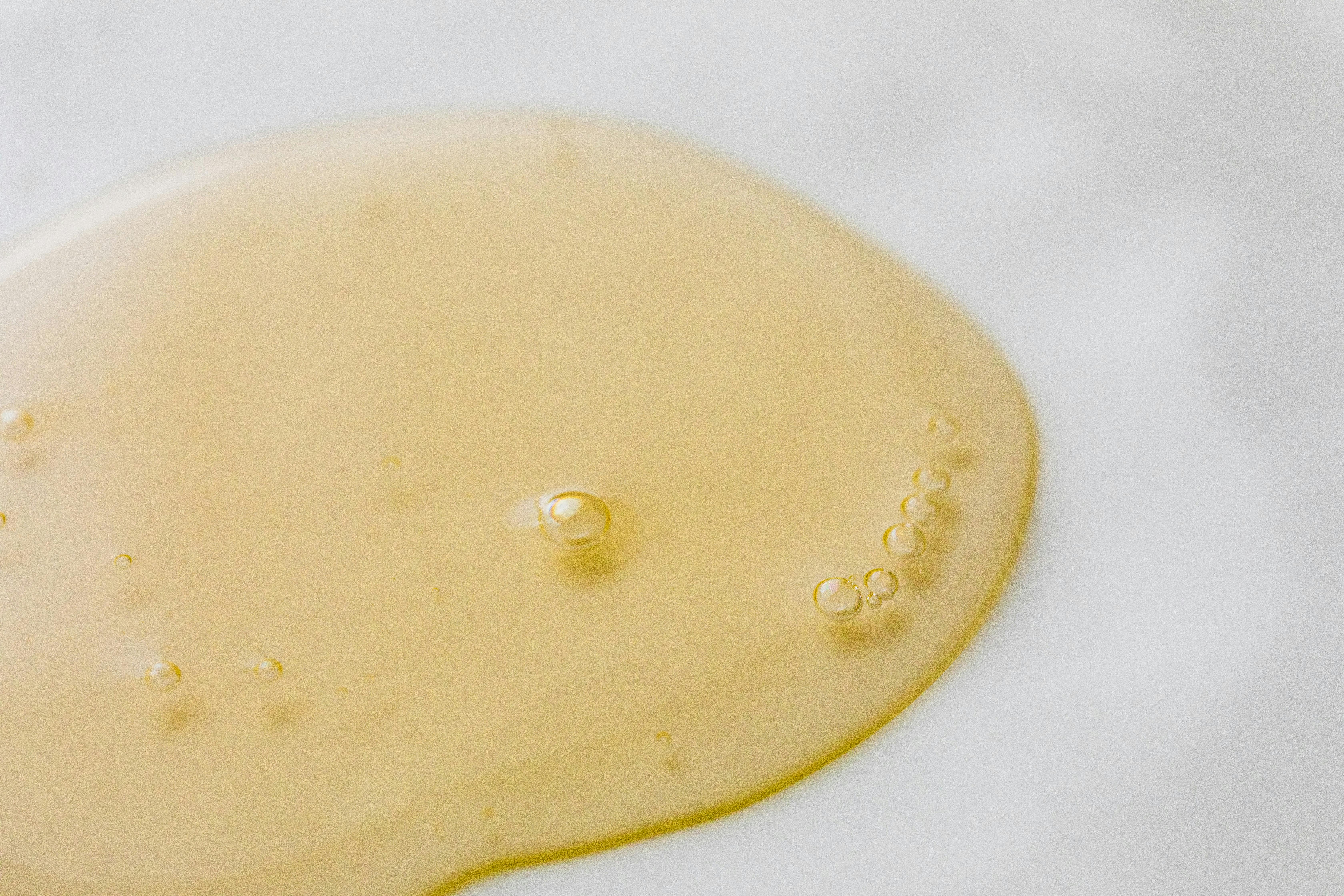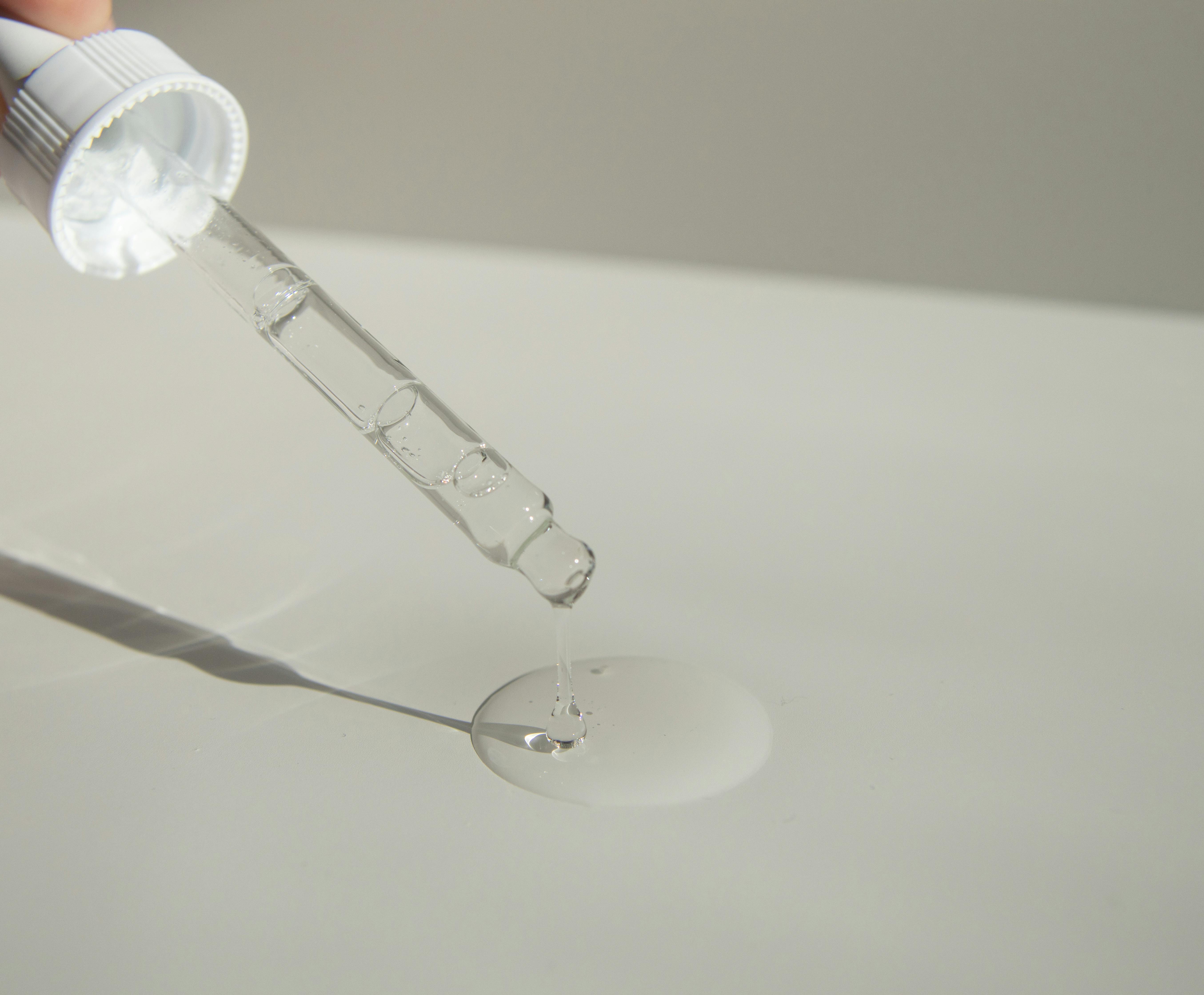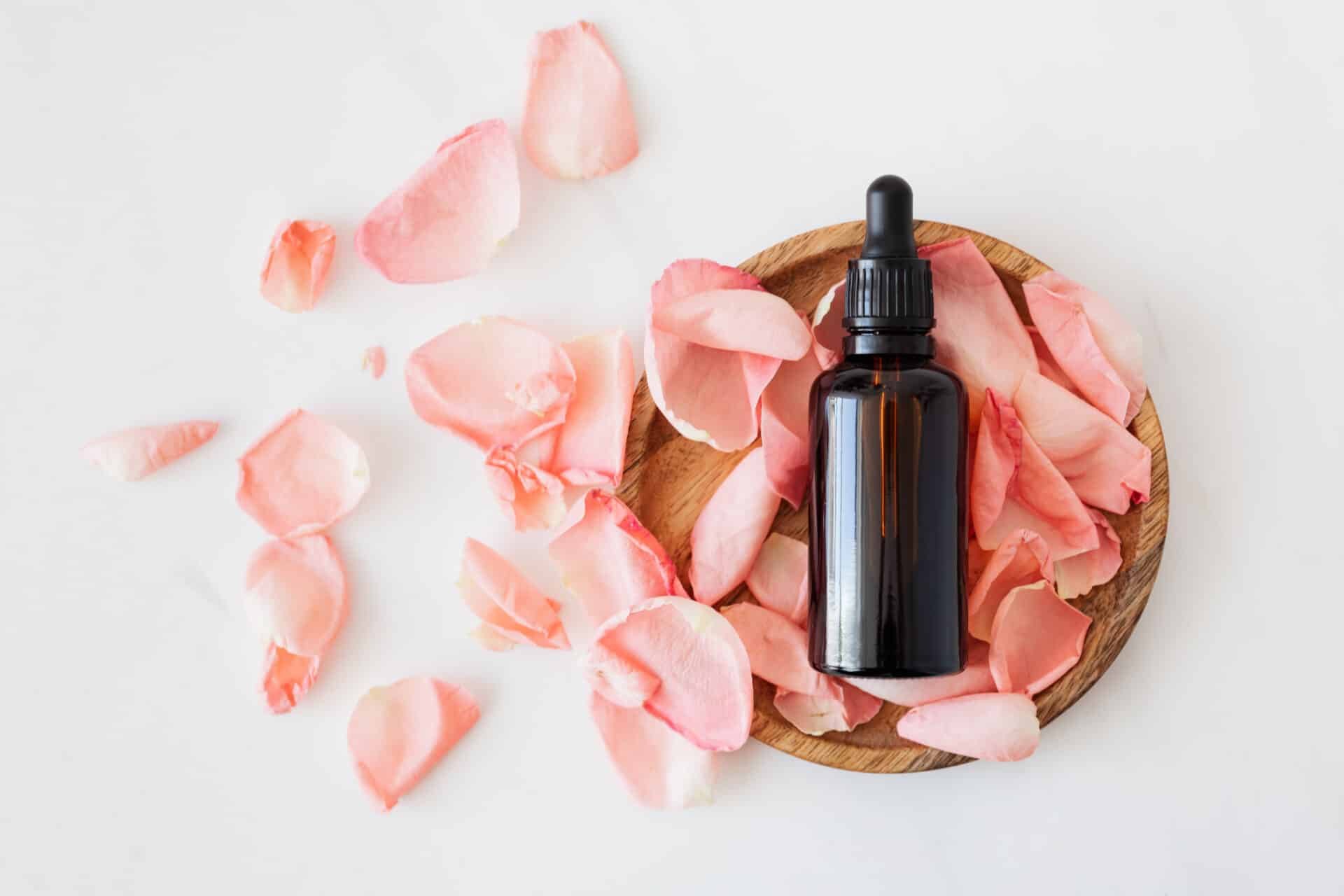Steam distillation is a method of extracting essential oils from plants. This method is typically used to extract the volatile components of plants, including the beneficial aromatic compounds. Steam distillation is a simple process that can be done at home with minimal equipment and supplies. In this article, we will discuss how to steam distill essential oils and why it is an effective way to extract them.Steam distillation is a method of distillation which uses steam to separate mixtures of liquids. It works by heating the mixture so that the components with different boiling points vaporize at different temperatures. The vapors are then condensed back into a liquid form and collected separately. Steam distillation is often used for purifying essential oils from plants, as it allows for the compounds to be separated without damaging their delicate chemical structure.
What Are Essential Oils?
Essential oils are natural aromatic compounds found in the seeds, bark, stems, roots, flowers, and other parts of plants. They are extracted through steam distillation or cold pressing method. They have been used for centuries for their therapeutic and healing properties and for their pleasant aromas. Essential oils can be used in many ways including aromatherapy, massage therapy, skincare, hair care, and cleaning products. They have become increasingly popular in recent years due to their positive effects on both physical and emotional wellbeing.
The main components of essential oils are terpenes (organic compounds found in plants), esters (organic compounds derived from alcohols and acids), aldehydes (organic molecules with a distinct smell), ketones (organically occurring molecules with a sweet smell), alcohols (volatile organic molecules with a characteristic odor), phenols (aromatic organic molecules) and oxides (airborne molecules with an intense odor). Each essential oil has its own unique blend of these components which create its individual scent and therapeutic benefits.
Using essential oils can be beneficial both physically and emotionally. Physically they can help to reduce pain, inflammation, headaches, congestion and stress while emotionally they can help to improve moods by providing a calming effect on the mind which can lead to better sleep quality. In addition to this they also provide antiseptic properties which can help to protect against bacteria and viruses that may be airborne or on surfaces.
How To Gather Your Supplies
Gathering the supplies necessary for a project or task can be a daunting task. It is important that you have everything you need before beginning, as it will save you time and money in the long run. The best way to ensure that you have all the supplies needed is to create a list of items that you need and then make sure to check off each item as it is added to your cart. Make sure to double check the list before proceeding with your purchase, as there may be an item that was overlooked. Additionally, if possible, try to shop around for the best prices so that you can make sure you are getting the best deal on all of your supplies.
Once your list is complete and you have gathered all of your supplies, take a few moments to organize them in a way that makes sense for the project at hand. Doing this will make it much easier when it comes time to actually begin working with those items and will help avoid confusion or frustration later on in the process.
Creating Your Still Setup
Making your own still setup is a great way to create high-quality distilled spirits at home. It doesn’t have to be complicated or expensive, and the end result is well worth the effort. The first step in creating your own still setup is to decide what type of still you need. There are several different types of stills available, including pot stills, column stills, reflux stills, and others. Each type of still has its own advantages and disadvantages, so it’s important to research each type before making a final decision.
Once you’ve decided on the type of still that is best suited for your needs, you’ll need to purchase all the necessary components and materials. This includes the actual vessel or container that will hold the distillate, such as a pot or a column; heating elements; tubing; condensers; and other equipment. You may also want to invest in some additional items such as thermometers, hydrometers, and glass containers for collecting the distilled spirit.
When it comes time to set up your still, it’s important to follow all safety protocols and procedures when handling any hazardous materials or combustible materials. You should also make sure that your area is well ventilated so that any potential fumes from the process can be safely dissipated. Once all of these safety considerations have been taken care of, you can begin assembling your equipment according to instructions provided by the manufacturer.
Once your equipment has been set up and tested for proper operation, you can begin distilling your first batch of spirits! Depending on which type of still you have chosen, this process may take anywhere from several hours to several days before reaching completion. When distillation is finished, it’s important to monitor and test the quality of the distilled spirit before bottling or consuming it in any way. With time and practice, you can become an expert at creating high-quality distilled spirits in your own home!
Gathering and Preparing the Plant Material
Gathering the right plant material is essential for any herbal remedy. Depending on the recipe, different parts of the plant may be used – from leaves and stems to roots, bark, flowers, and fruit. In many cases, fresh plant material is best for making herbal remedies, as it contains more active compounds than dried material. However, some recipes may call for dried herbs or seeds.
In order to ensure that you are using the safest and most effective plants for your recipe, it is important to harvest them from a reputable source. This can include purchasing from a reputable store or online supplier, as well as wildcrafting if you know how to identify plants safely and have permission to do so. Once you have gathered your plant material, it is important to prepare it properly depending on what type of remedy you are making. For example, if you are making a tincture or infusion then the herbs should be chopped or crushed in order to maximize surface area and release their beneficial compounds into the liquid. If you are making an ointment or salve then the plants should be simmered in oil until they are soft before being strained out and discarded.

Steam Distillation Process Overview
Steam distillation is a process used to separate compounds with different boiling points. It works by heating a liquid to create steam, which is then allowed to condense back into a liquid. This condensation separates the components of the liquid based on their different boiling points, allowing the separation of the desired compounds from each other. The process is commonly used to extract essential oils from plant materials, as well as for industrial applications such as water purification and oil extraction. In this overview, we will look at how steam distillation works and its various applications.
Steam distillation is based on the principle that different compounds have different boiling points. When heated, these compounds will vaporize at different temperatures and can then be separated from each other. In steam distillation, the desired substances are heated in a distillation vessel with water or some other solvent. As the temperature rises, steam is created which carries with it some of the desired substances that have vaporized due to their lower boiling point than that of water or other solvent present in the vessel.
The steam containing these substances can then be cooled and condensed back into a liquid form, thus separating them from each other and allowing for their extraction. This process can be used to extract essential oils from plant materials such as herbs and fruits, as well as for industrial applications like oil refining and water purification. Steam distillation has several advantages compared to other methods of separation such as chromatography or fractional distillation; it is relatively simple and does not require expensive equipment or dangerous chemicals, making it an economical choice for many applications.
In conclusion, steam distillation is a simple yet effective method for separating components with different boiling points. It can be used in a variety of applications ranging from essential oil extraction to industrial processes like oil refining and water purification. Steam distillation offers several advantages over other methods such as chromatography or fractional distillation; it is relatively inexpensive and does not require hazardous chemicals or complex equipment, making it an attractive option for many users.
Collecting and Storing the Essential Oils
The process of collecting and storing essential oils is an important part of the production of this valuable product. Essential oils are extracted from plants, often through steam distillation, and must be properly stored to ensure that they retain their therapeutic properties. Proper storage also helps to prevent oxidation and contamination, preserving the quality and potency of the oil.
When collecting essential oils, it is important to use clean, uncontaminated containers. Glass is the preferred material for storage due to its inert nature, although some oils can be stored in plastic containers as well. It is also important to label each container with a date and type of oil so that it can be easily identified later on.
When storing essential oils, it is important to keep them in a cool, dark place away from direct sunlight and sources of heat or moisture. Storing them in a refrigerator or freezer can help keep them fresh for longer periods of time. Essential oils should also be kept in airtight containers to prevent oxidation and evaporation.
In order to preserve the therapeutic properties of essential oils, it is important to use them within six months of extraction. They should also not be exposed to extreme temperatures or light for extended periods of time as this can reduce their effectiveness. With proper care and storage, essential oils can remain potent for many years if handled correctly.
Safety Precautions When Steam Distilling Essential Oils
It is important to take safety precautions when steam distilling essential oils, as the process involves the use of high temperatures and steam. The most important precaution to take is to make sure that the distillation equipment is properly insulated, as it can get very hot during the process. Additionally, all parts of the equipment should be checked for any signs of wear and tear before use.
Another safety precaution to take is to ensure that all personnel involved in the process are properly trained in how to operate the equipment safely and correctly. This includes knowing how to control the temperature and pressure levels, as well as understanding how to safely handle any chemicals or other substances used in the process.
It is also important to ensure that proper ventilation is provided during the distillation process, as essential oils can produce toxic fumes when heated. It is also recommended that protective clothing such as gloves, goggles, and masks be worn when handling essential oils or working with distillation equipment.
Finally, it is essential to never leave distillation equipment unattended while it is running and always be sure that it has been turned off before leaving it unsupervised. This will help prevent any accidents from occurring due to overheating or malfunctioning of the equipment. Taking these safety precautions when steam distilling essential oils will help ensure a safe and successful distillation experience!

Conclusion
Steam distillation is a great way to extract essential oils from plants. It is a simple and efficient process that yields pure, high-quality essential oils. By using just a few simple tools and materials, anyone can steam distill essential oils in their own home. These oils can then be used for a variety of purposes such as aromatherapy, perfumery, and skincare. In addition to the benefits that steam distillation provides, it is also an eco-friendly process that doesn’t require the use of harsh chemicals or solvents.
All in all, steam distillation is an easy and effective way to extract essential oils from plants. It is safe, inexpensive, and yields pure, high-quality results. Anyone can learn how to steam distill essential oils and use them for whatever purpose they choose. With just a little bit of knowledge and some basic supplies, you too can start steam distilling your own essential oils at home!

